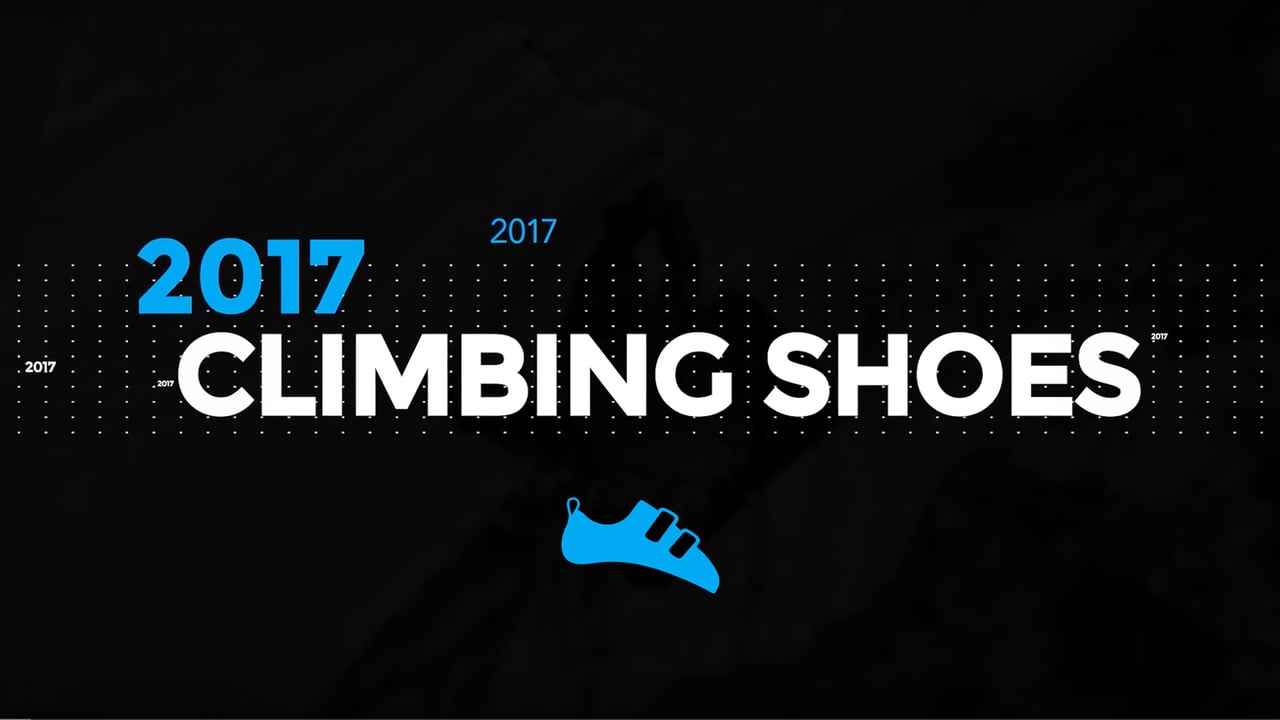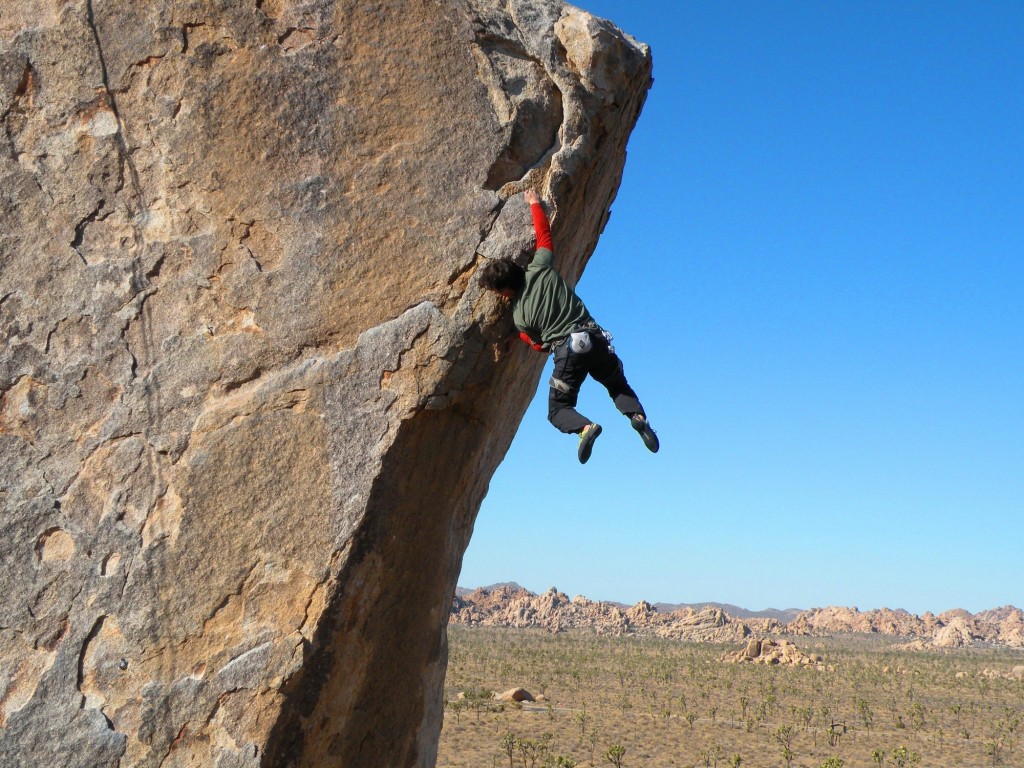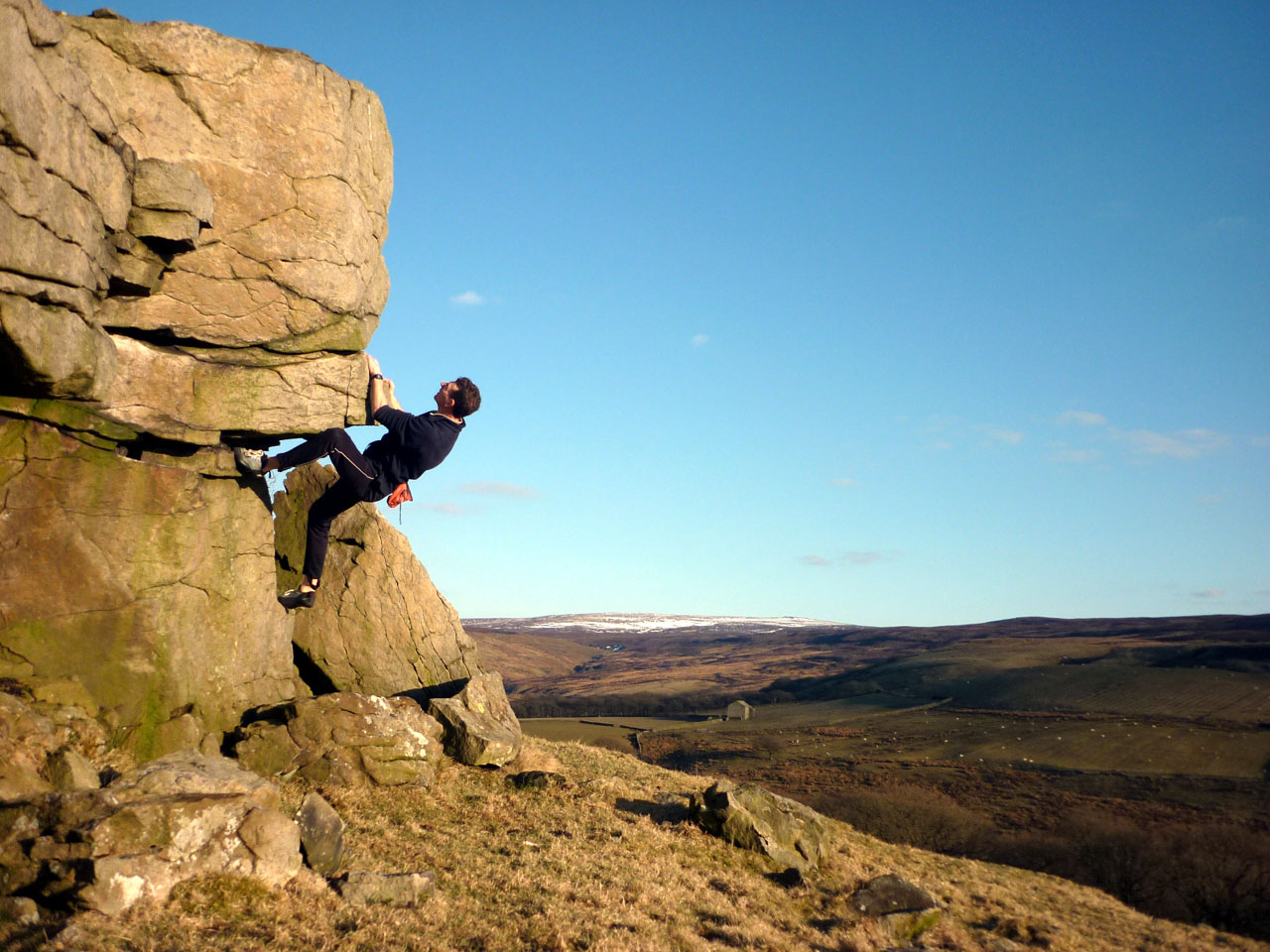
Finding Your Next Pair Of Climbing Shoes
There you are staring at your screen intently, scrolling through each page trying to find your first (or next) pair of climbing shoes.
I know it’s a little daunting at first especially when you haven’t clearly been informed how to go about selecting a pair of shoes.
Don’t worry, I’ll see what I can do to make it easier for you to get the right pair of shoes to match the climbing you’ll be doing.

What to look for when choosing your climbing shoes:
Choosing the right shoe for the job is much easier once you understand what each type of climbing represents. Although you can use any shoe for any climbing, some will work better than others.

Bouldering: This is when your climbing without any safety aids, and just use your shoes and a chalk bag. Also, these routes are shorter routes (25ft or less) focusing on problems.
Here you will be in need of a good all around shoe that can easily edge, heel hook, and toe hook.
Sports Climbing: This is where the route had the equipment already bolted into the wall, and you focus on climbing with speed and power. This is a great climbing to start with because of the technique aspects will teach you a lot on how to climb better before you jump into either Trad or Crack Climbing.
This style is similar to bouldering, so you’ll be needing a good shoe that works well for edging, and toeing off a hold.
Trad or Crack Climbing: This is the traditional form of climbing where you will be carrying all of your equipment as you ascend to the top. My recommendation is to get a lot of experience under your belt because of it being so dangerous.
You’ll be best off with a shoe that works well with cramming, toe and heel hooks, and has a slightly higher profile to protect the ankles. This way your ankles don’t get such a beating on the rock.
The type of material used in a climbing shoe:
Material Type: The shoe material is no biggie when you’re just getting started per say but it is best to understand the different types for when you get into buying a more aggressive and high-end shoe. All climbing shoes are made from either leather or a synthetic material. Each one has their pros and cons but regardless of what you chose you’ll be getting a high-quality product.
Unlined leather: Unlined leather shoes can stretch up to a whole size larger than bought. Because of this, you want to make sure your toes are touching the end of the shoe but are not curled so bad you can see them showing in the leather. Also because of this being an all leather shoe, the colors of the shoe will bleed onto your feet. So make sure you chose a color you’d like your feet to be.
Lined leather: When the leather shoe is lined, it will have a reduced amount of stretch. So when buying a lined shoe, you don’t need to worry as much about the shoe stretching over time. On average you’ll see your shoe stretch to a half size or less.
Synthetic materials: Buying a synthetic based shoe usually means you’ll spend a bit more but the pros are your shoes will stay the same size over the life of the shoe. Also, these shoes will soften up, so they will get easier to put on over time. These shoes are the higher end shoes, and some even come with little spots of heat ventilation to help reduce foot sweat.
The amount of Down Turn and what it means:
Neutral arched climbing shoes
Neutral fitted shoes are great for beginners because they won’t add a ton of stress on your feet. These shoes are going to be perfect for all around climbing and help you get into the groove of climbing for longer periods of time without the foot cramps (ouch!).
Moderate Down Turn Shoe:
These are the next step up (or step down) from the neutral shoe downturn (also called camber). Having your shoes more slightly cambered helps with more advanced technical climbing. These are ideal for someone that is progressing quickly and doesn’t want to buy many shoes in a short period.
Aggressive Climbing Shoe
A very down-turned shoe helps by adding lots of leverage in your feet and helps to get into a high position on the small footholds when performing the super challenging climbs. Because of the overall tight fit and steep downturn, climbers usually wear aggressive shoes for shorter routes over all day climbs.
Lace up, Strap, or Slip on’s?:
Lace-up: This is the most versatile shoe style. As you climb, your feet will swell, with these bad boys you can loosen the laces and get a more comfortable fit.
Then when you need the extra tight fit, you can cinch them down and get a little extra pep in your step as you climb.
Strap: These provide you with an easier way get your shoes on/off compared to laces. Because of this they are great for gym climbing or playing around with boulder problems.
Slip-on: AKA “slippers,” slip-on shoes have flexible closing systems and offer the most significant amount of sensitivity when climbing. Since they don’t have straps or laces, they are going to be better for when you are smashing your feet into cracks.


